Majnun
JAIPUR RUGS X PAVITRA RAJARAM
Majnun
JAIPUR RUGS X PAVITRA RAJARAM
“Ancient traditions teach us that art doesn’t have an expiry date. Artists always speak in the language of now.”
Pavitra Rajaram Design’s first-ever carpet collection is Majnun for Jaipur Rugs. We chose to collaborate with this design-forward craft-centric brand whose global Indian approach and brand philosophy we deeply resonate with. The Majnun collection was showcased at Salone Del Mobile, 2023 in Milan.
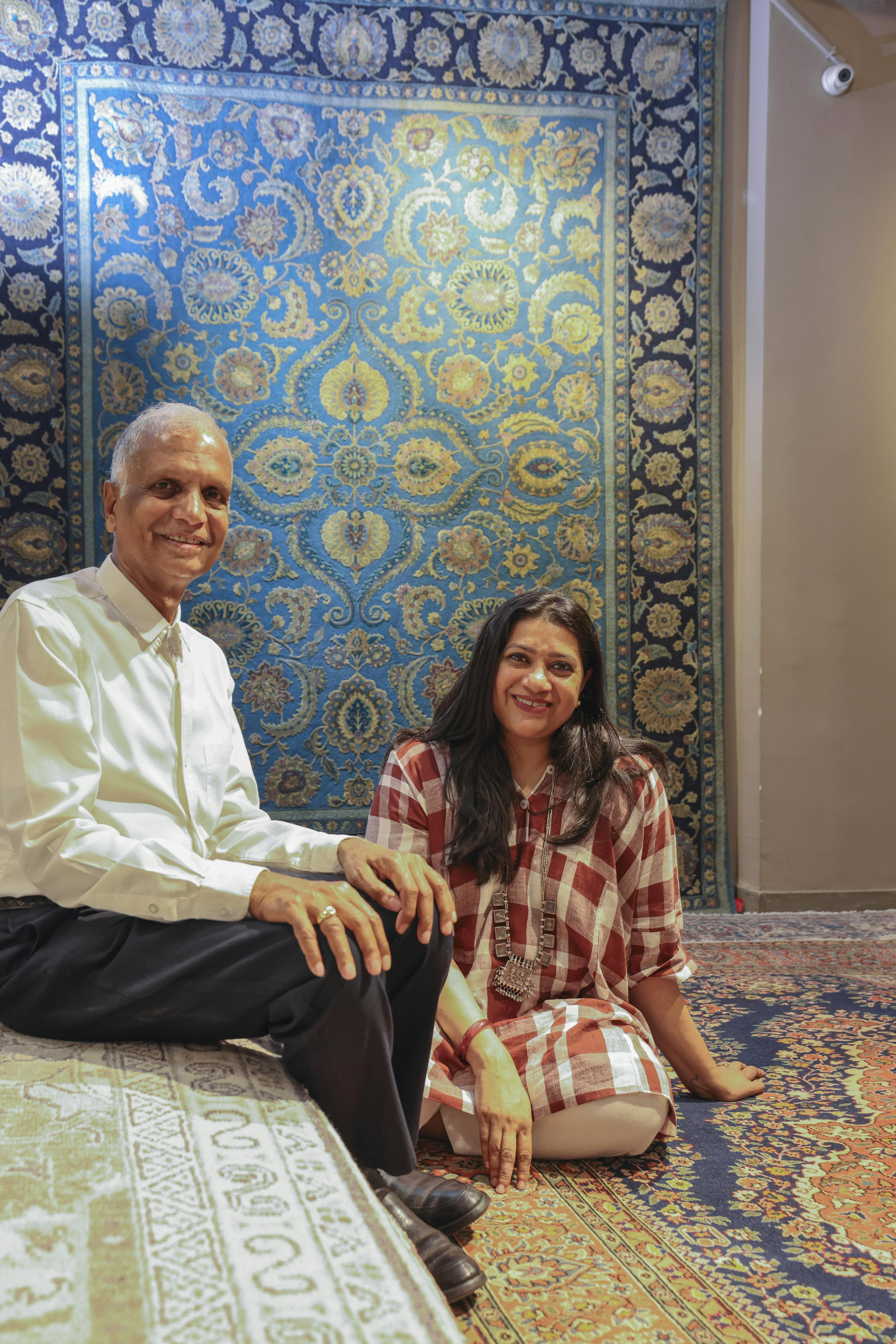
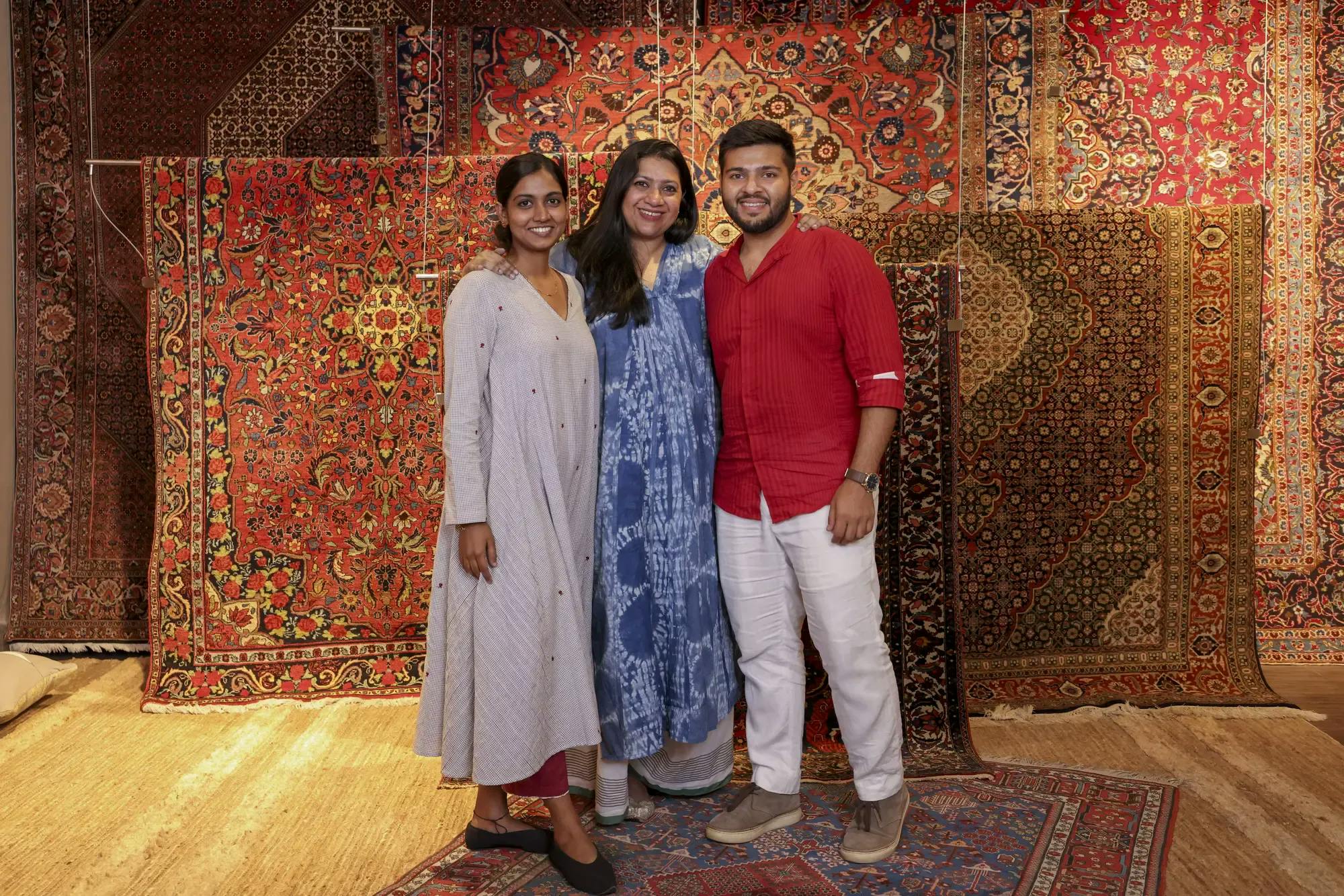
Majnun is a limited-series edition of five hand-knotted rugs with threads from diverse design histories woven in. We translate some of the most iconic carpet traditions along the Silk Road, from Persia to Asia, using a contemporary design vocabulary. The influences for this collection include motifs from the Mughal ateliers to talismans from Tibetan mysticism to art from Imperial China. Along the way, we encounter the little-known Afghan folk tradition of ‘war carpets’.
The twin themes of contemporary craftsmanship and craft legacy are best encapsulated by Majnun’s embracing of the concept of the ‘Persian flaw’. The legendary weavers of Persia would incorporate a single deliberate flaw into each design because they believed perfection was the sole prerogative of the Divine. Majnun is our perfect-imperfect contribution to this storied tradition.
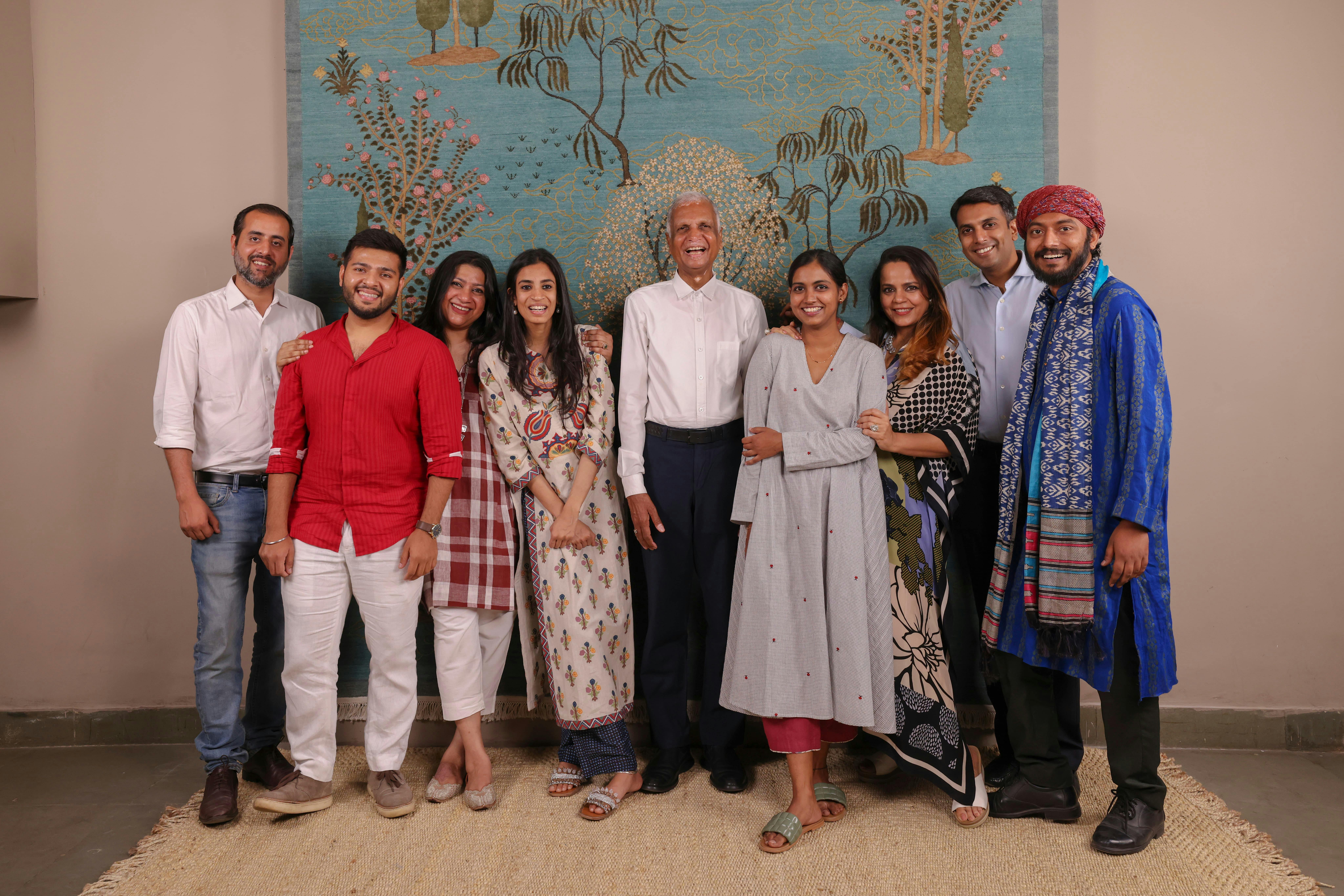
ARJUMAND
With its wild branches trailing like the matted locks of a passionate lover, the Bid Majnun or weeping willow is among the most romantic of motifs in Persian and Iranian carpet design. We use it here to braid three scenes of love together. The eternal love story of Layla and Majnun is symbolised by the blushing rose bush and the statuesque willow. The dreamy landscape, right out of a Chinese scroll painting, invites lovers to linger. And gold-rimmed clouds drift in from a Persian miniature painting, holding out the promise of celestial bliss. A fantastical imagining of the cultures that crossed paths on the historic Silk Road.
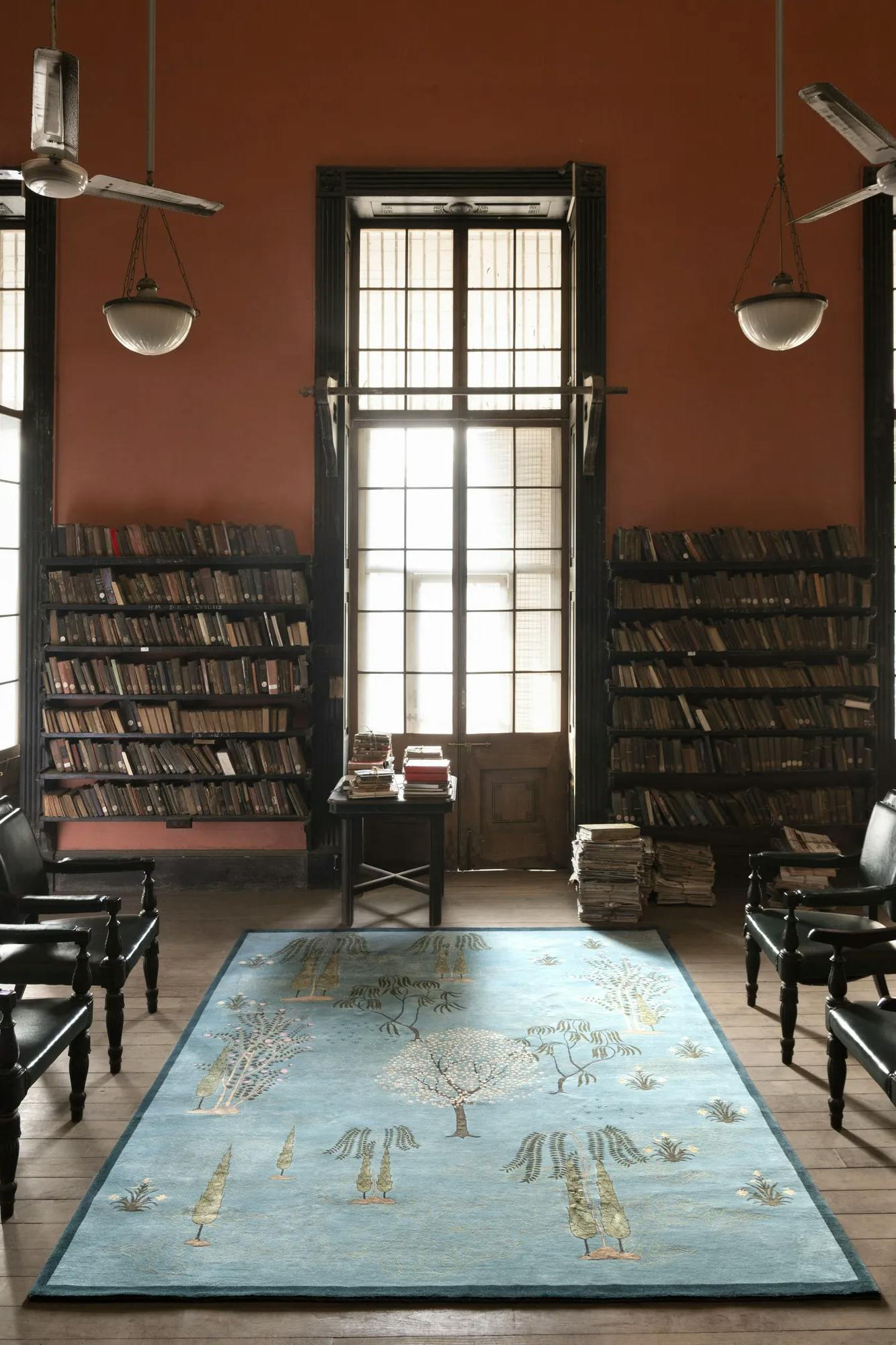
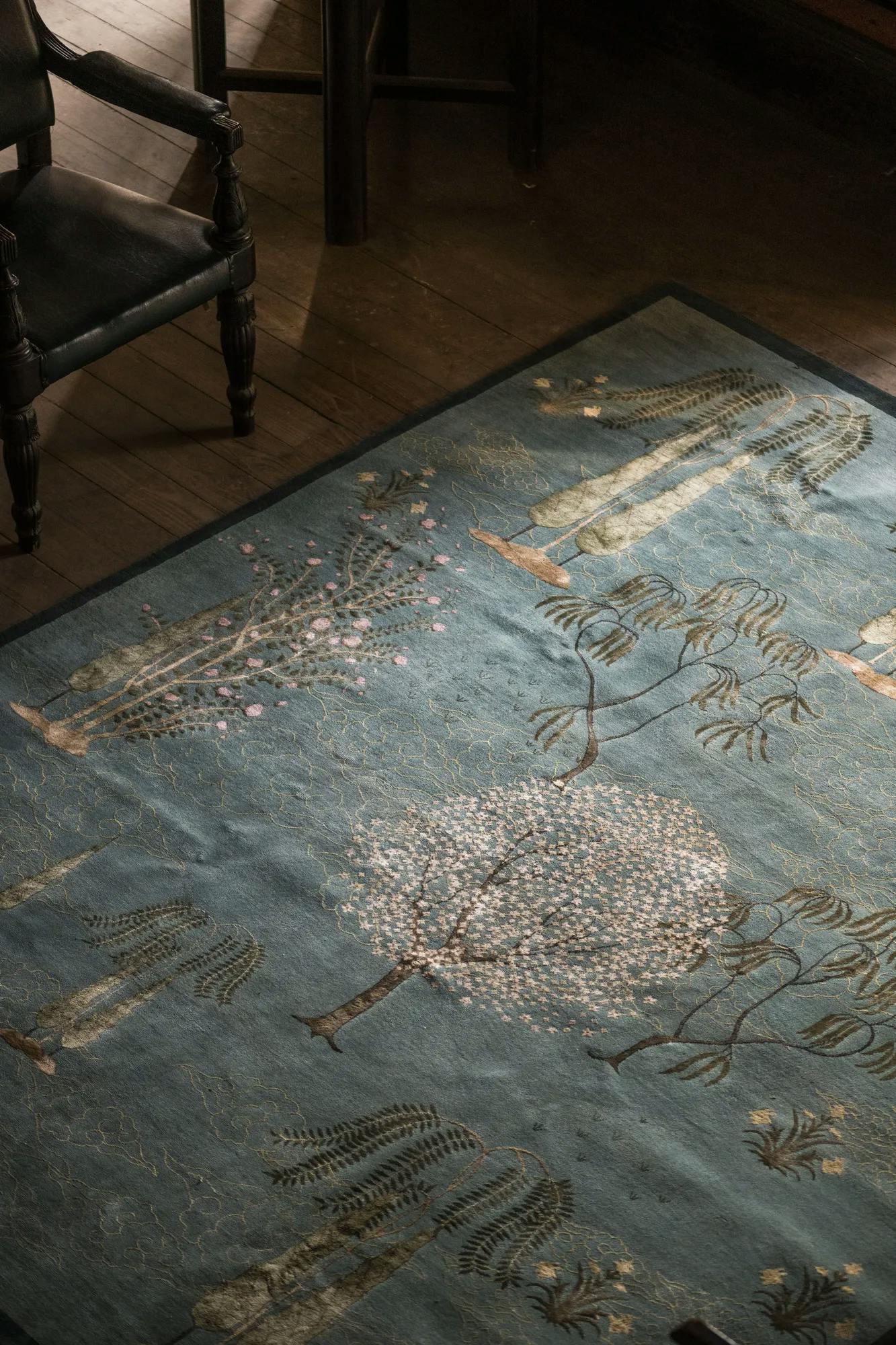


SAKYA
Power and mysticism radiate from the stark form of the Tibetan tiger rug. For centuries in the wind-swept wilderness of the Himalayas, monks sat cross-legged on rough animal pelts like these, lost in meditation. Embedded within its design is the iconic Buddhist motif of the cintamani, which originated in ancient India and travelled on the wings of faith all the way to the Ottoman Empire. With Sakya, we return the cintamani to the East, astride the Tibetan tiger.
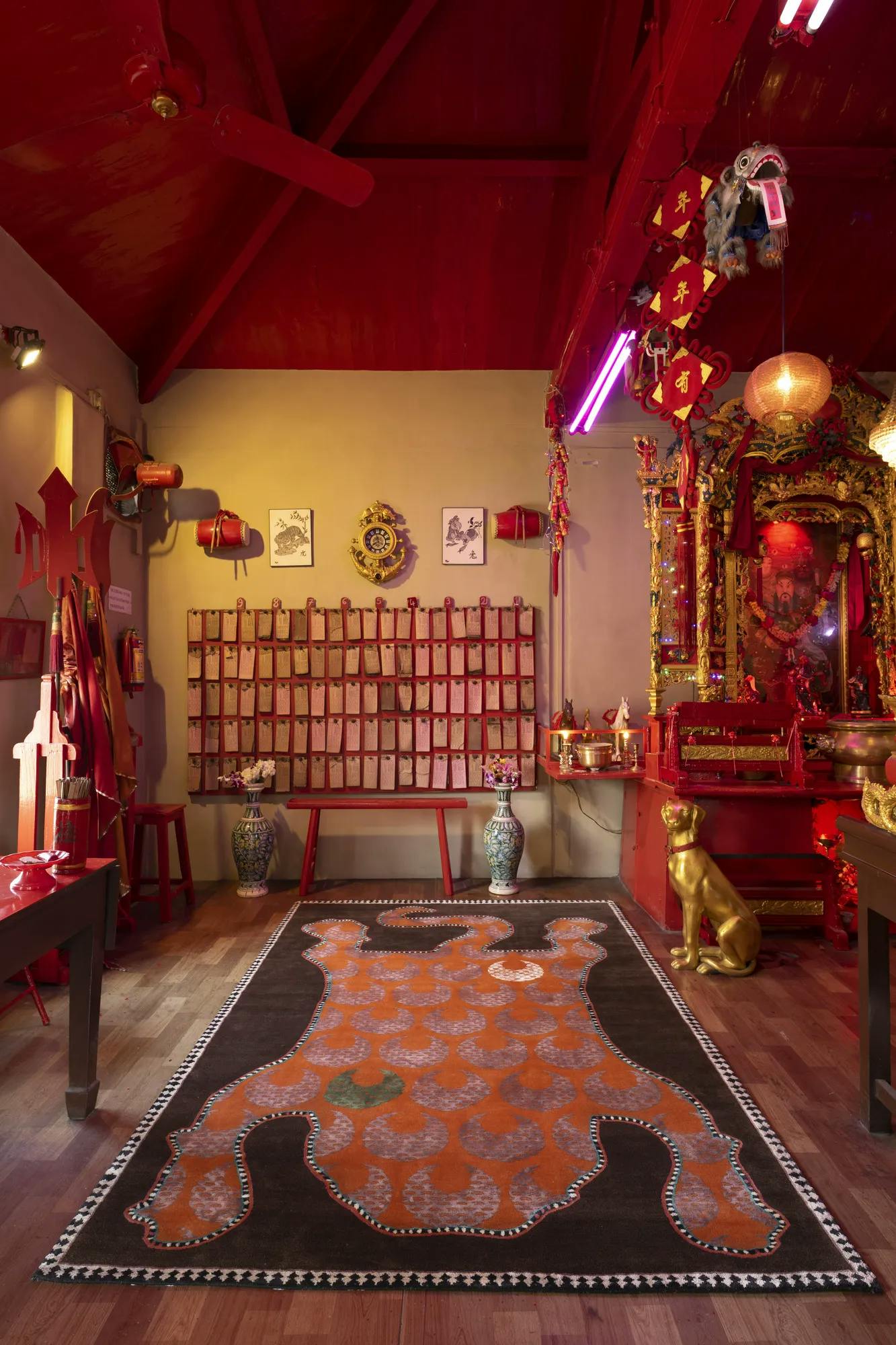
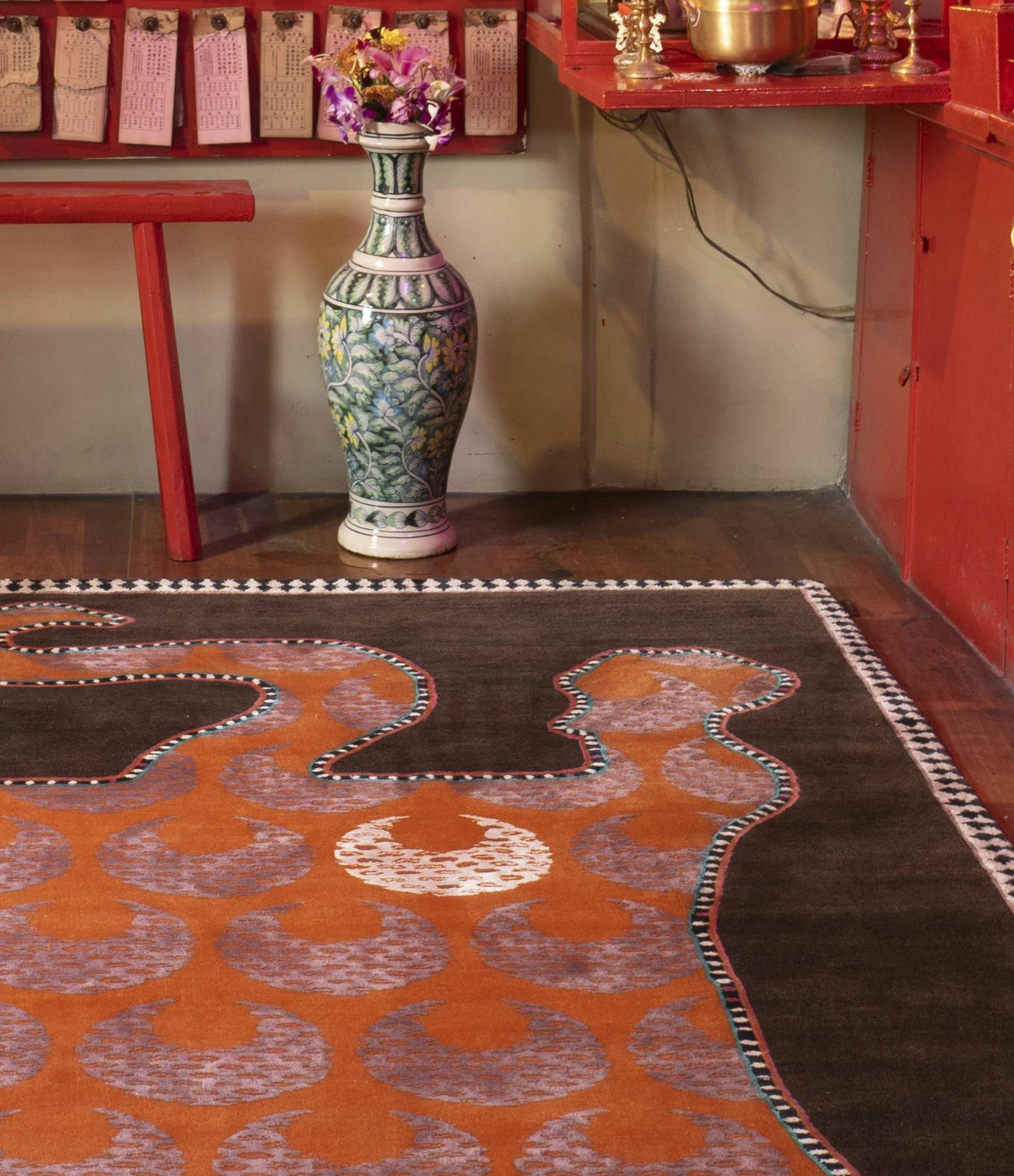
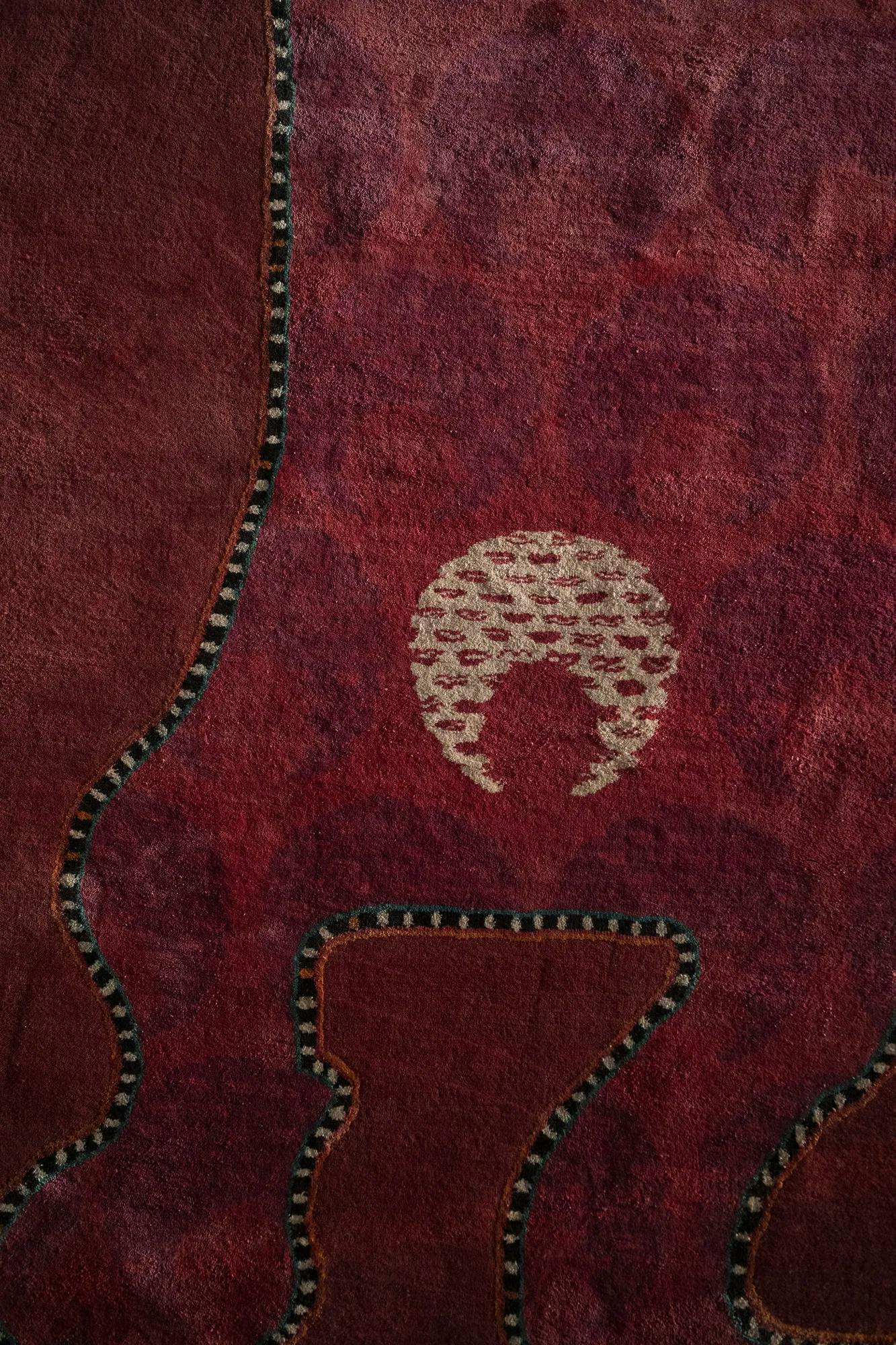
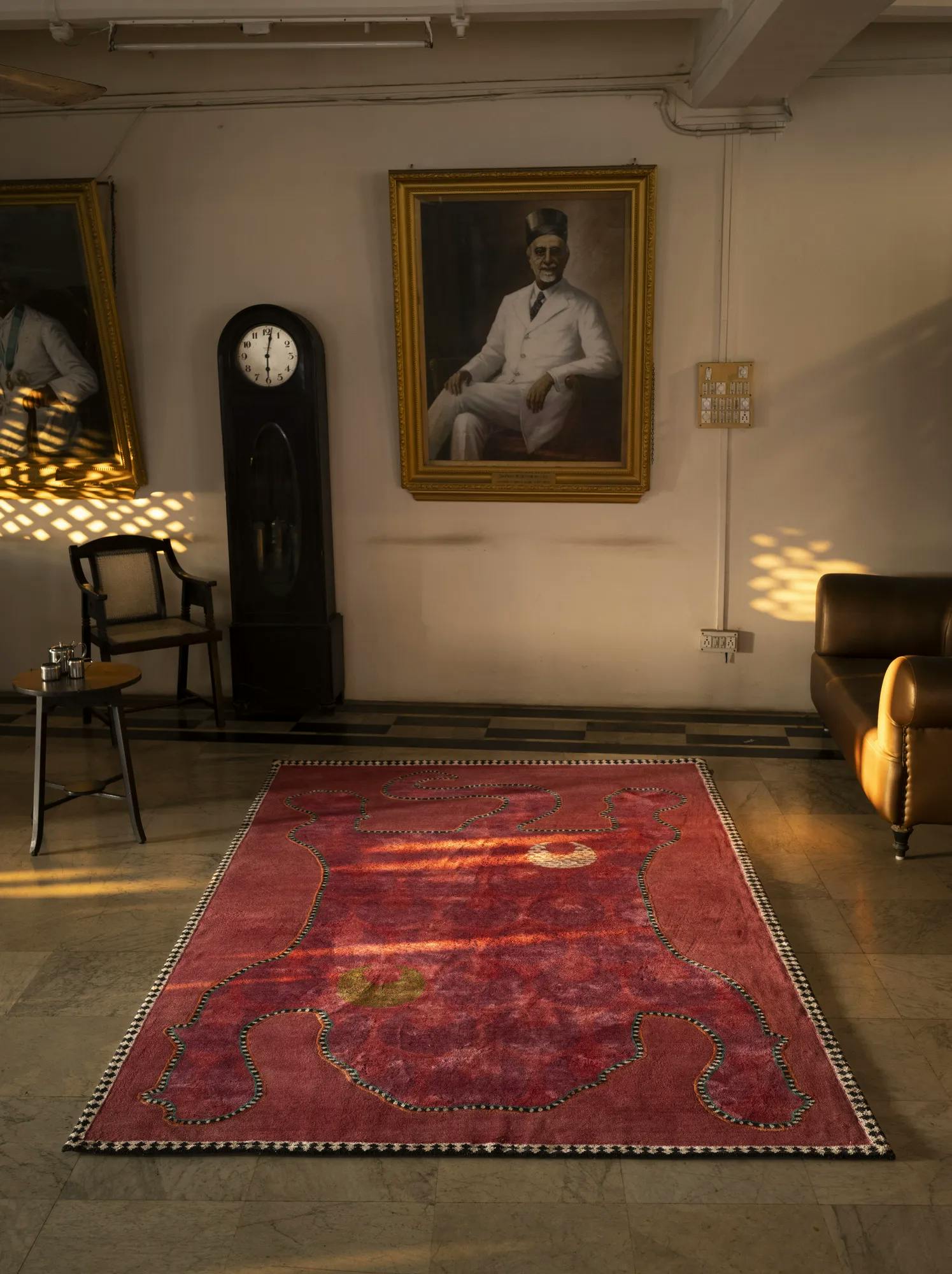
BAHAR
Our ode to the Shikargah, a classic motif of 17th-century Mughal design. It was inspired by the royal Iranian sport in which wild game was rounded up in an enclosed woodland for Sultans to hunt. In PRD’s artistic rendition of this theme though , the animals cavort through a Persian woodland, under the lush cover of tropical trees and flowering shrubs.
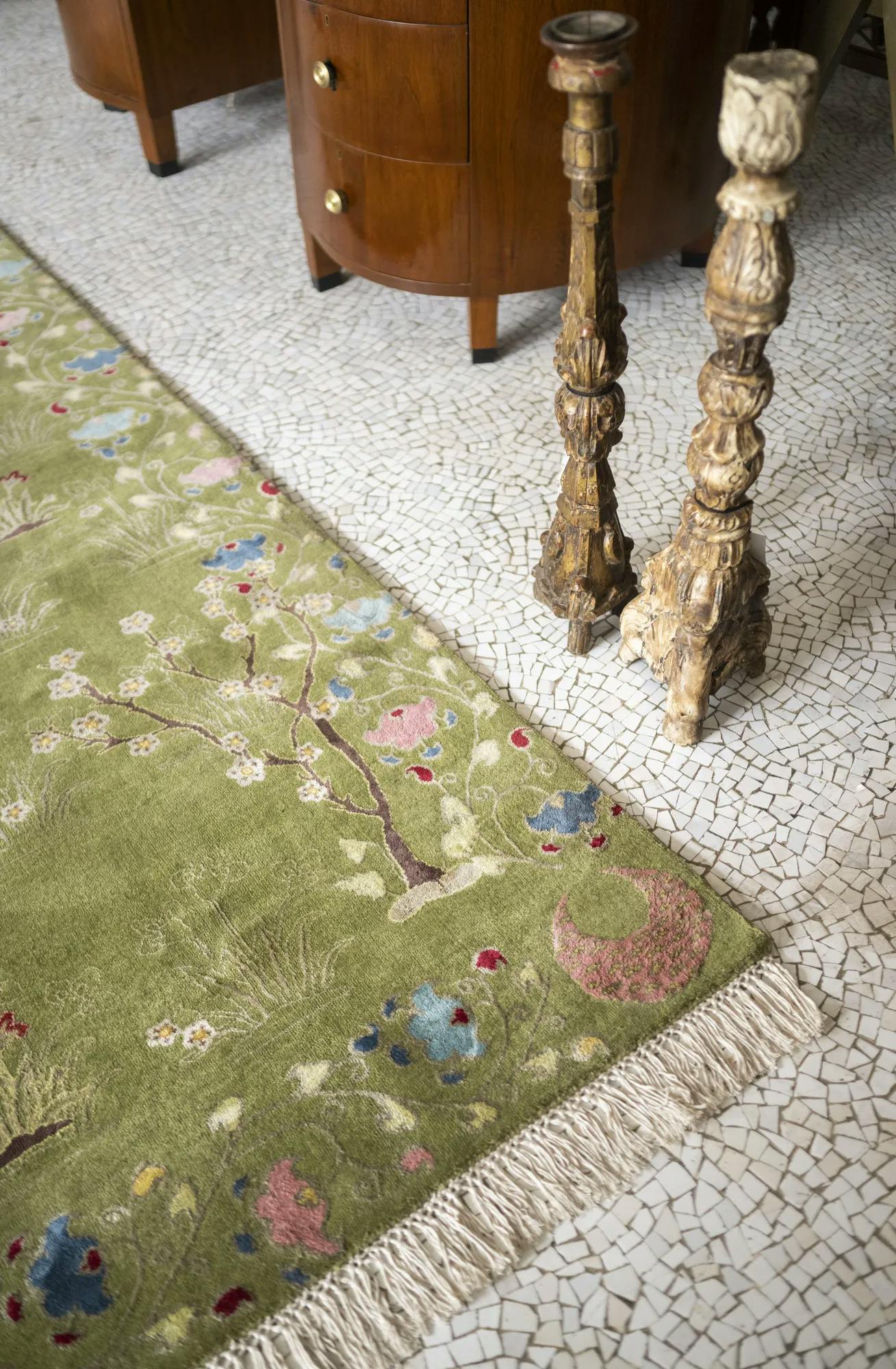
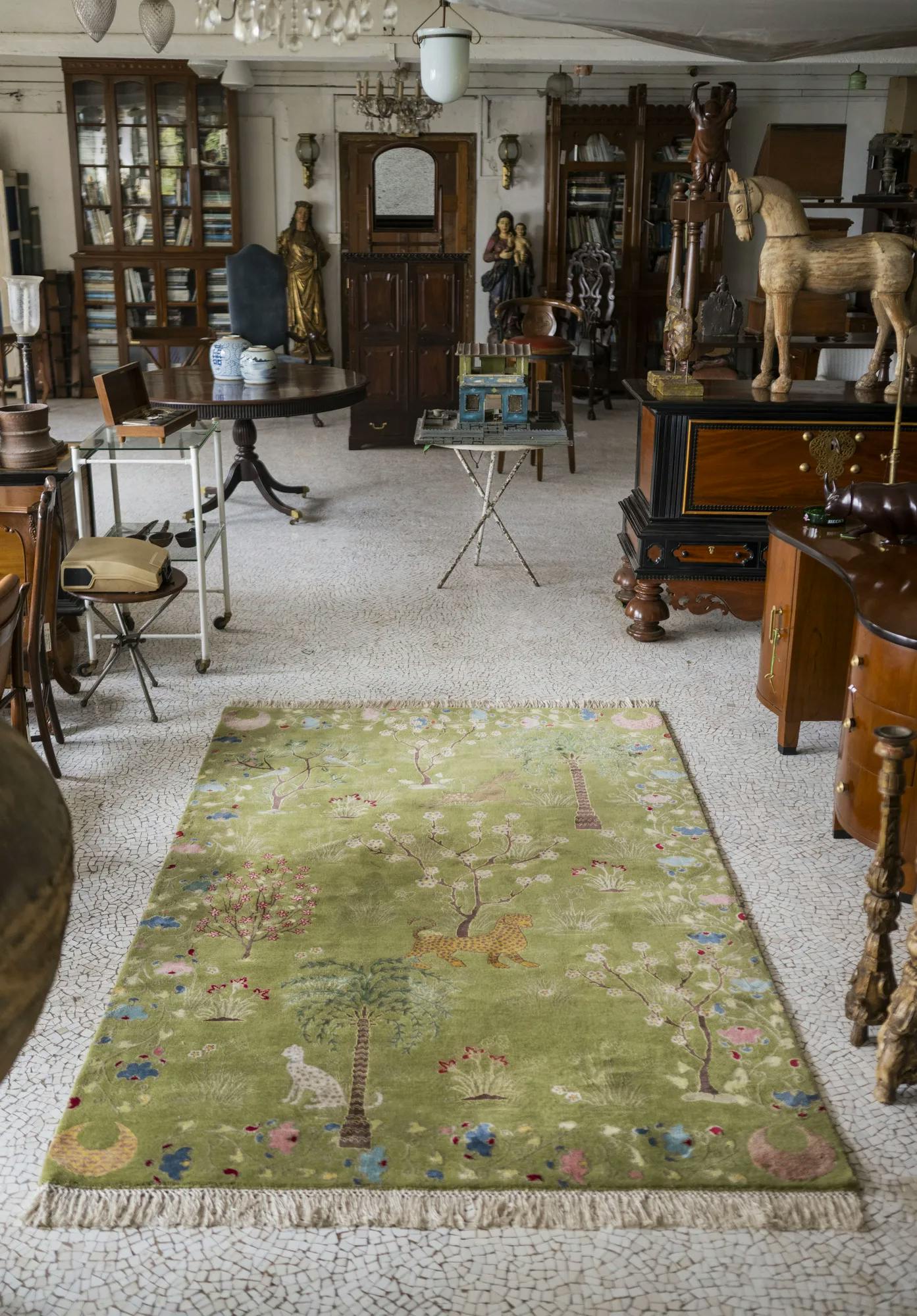
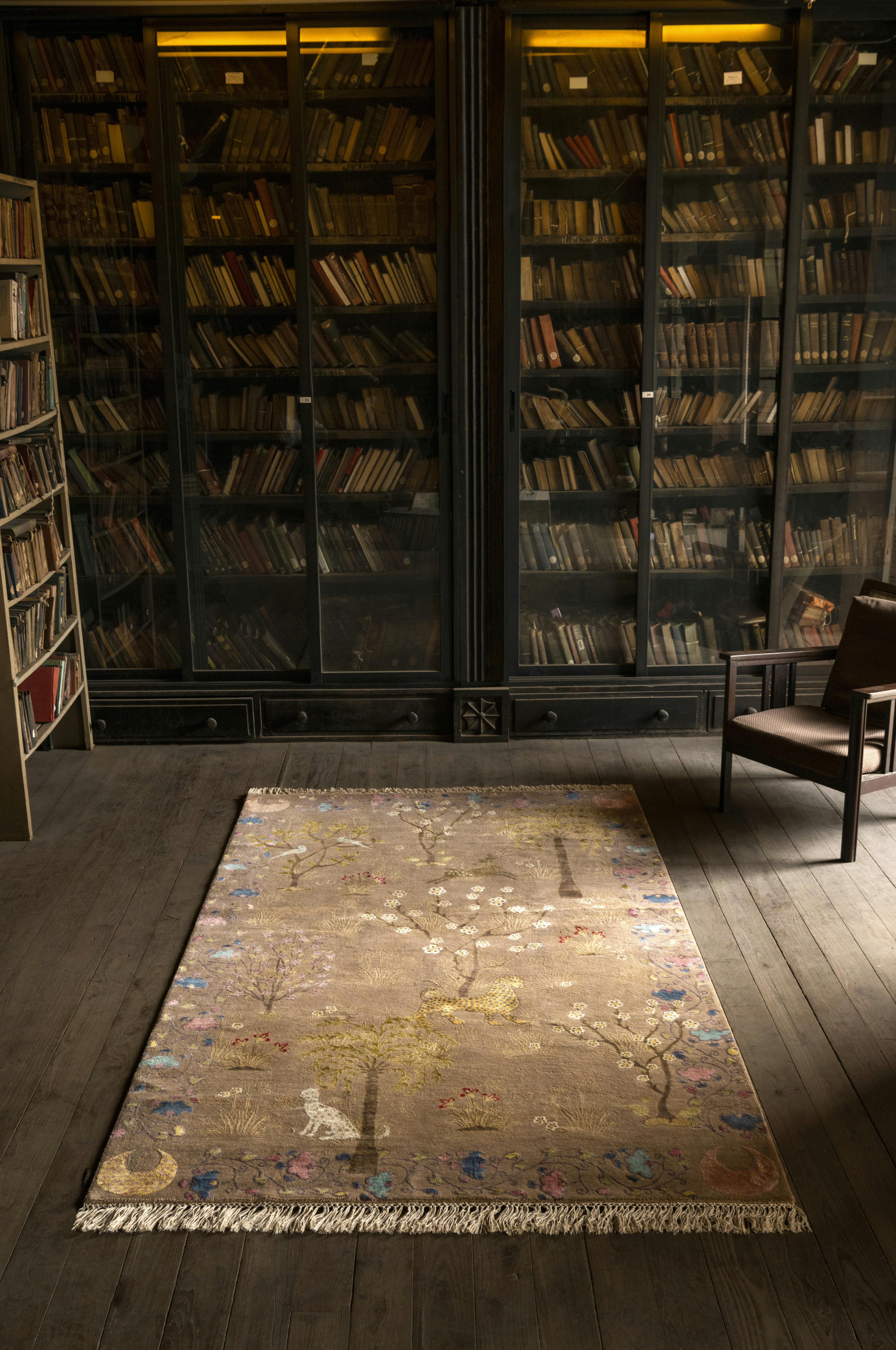
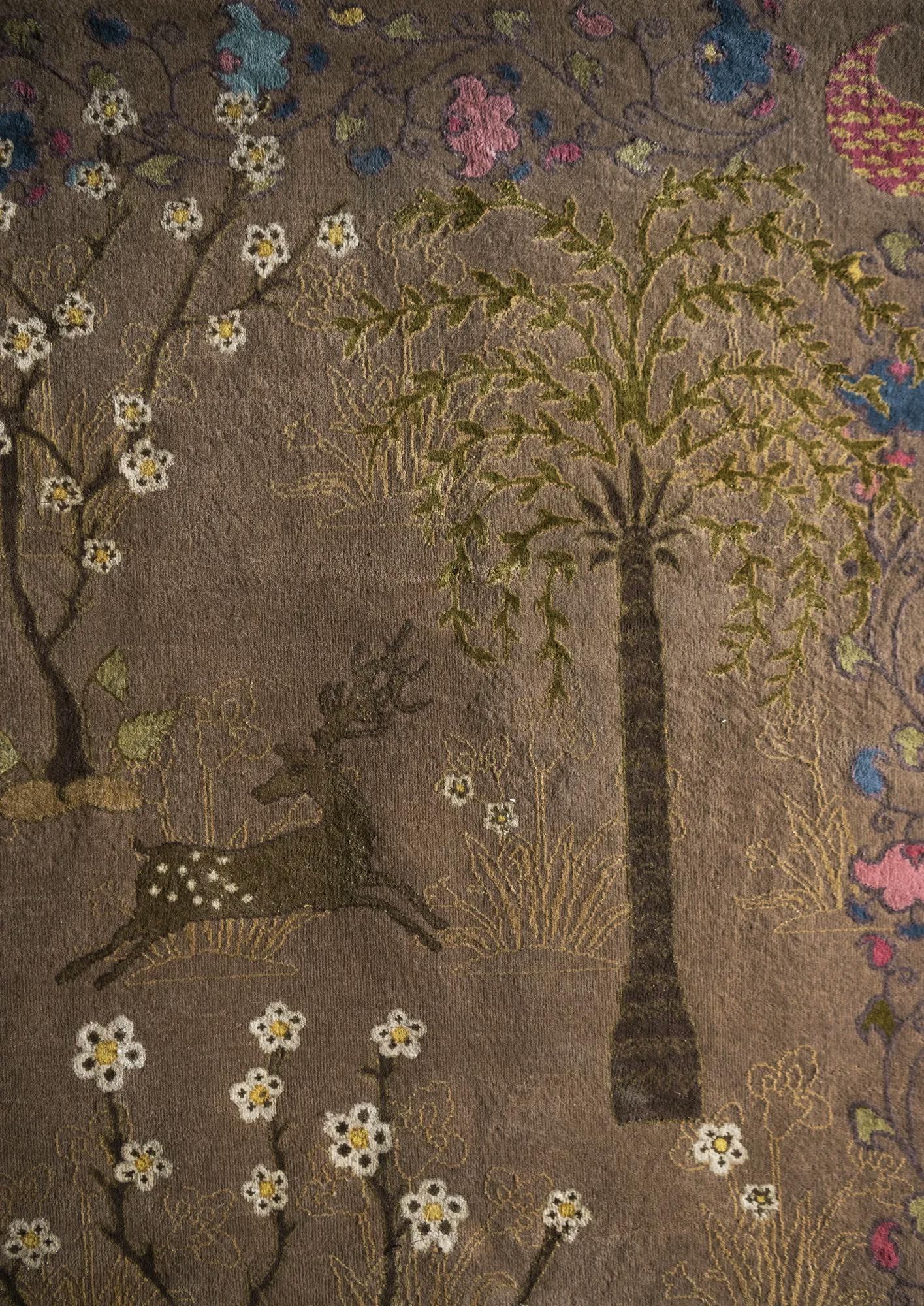
SIPAHI
The 20th-century phenomenon of the Afghan war carpet is a poignant instance of art holding up a mirror to life. During the years of violent conflict in their country, Afghanistan’s carpet-weavers began incorporating war imagery into their art. Guns, tanks and bullets replaced the traditional patterns of flowers, bootis and singing birds on their carpets. For Sipahi, we have woven into the scheme of the Afghan war carpet, a narrative from an equally painful chapter in India’s struggle against colonialism. An Indian soldier or ‘sepoy’, dressed in full British army regalia dating to the Revolt of 1857, is rendered in the playful style of the Afghan inspiration.
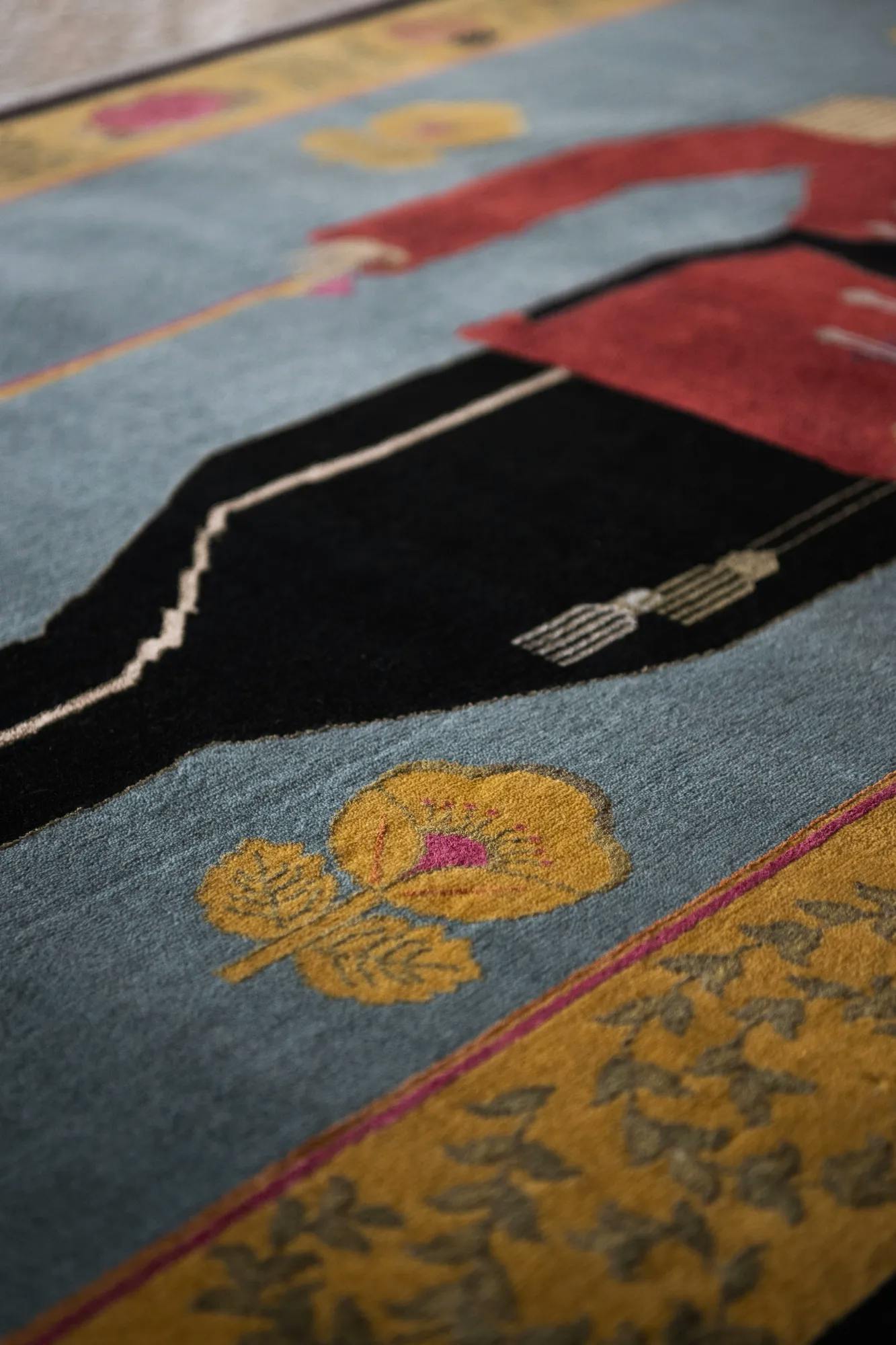
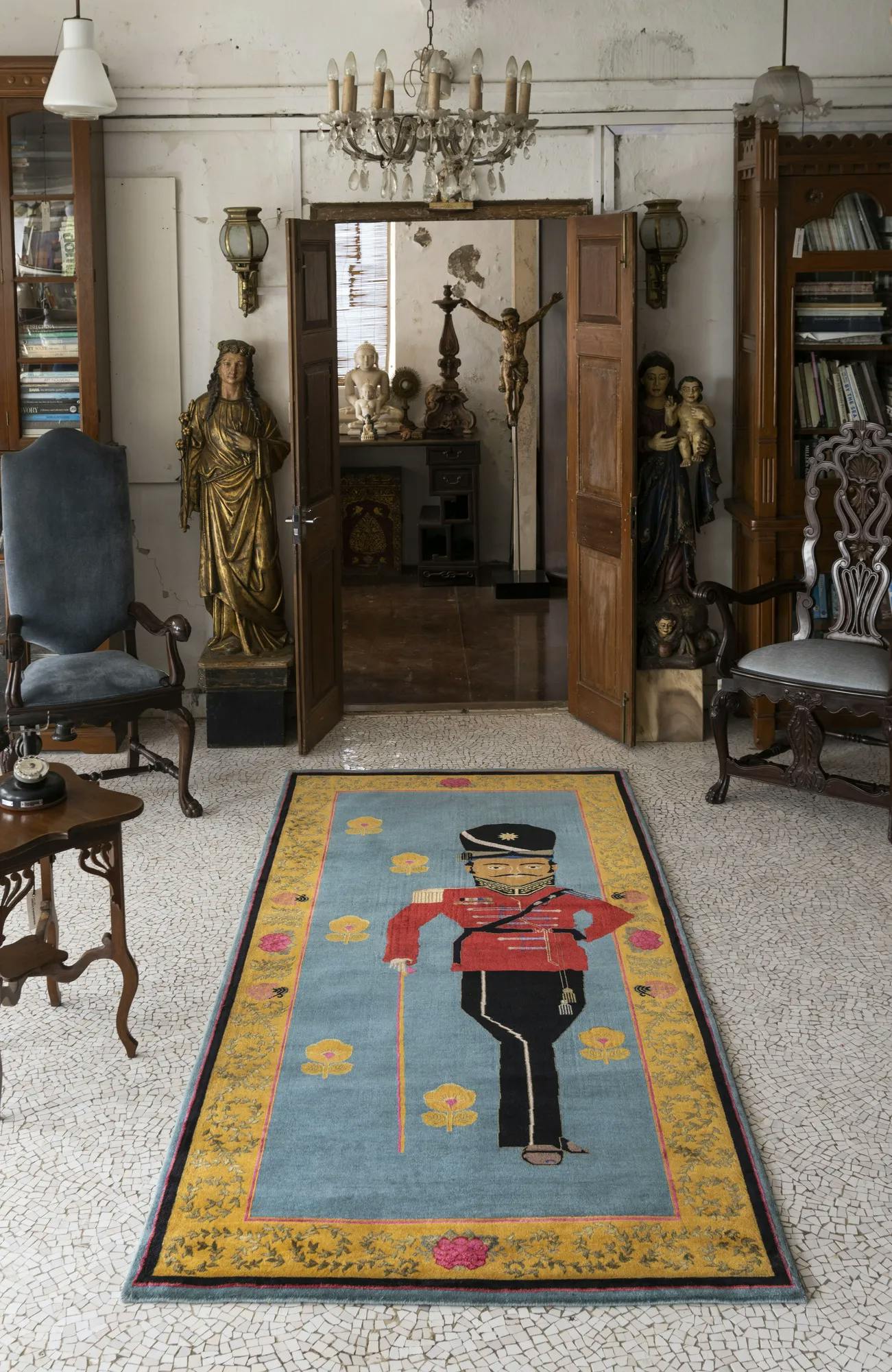
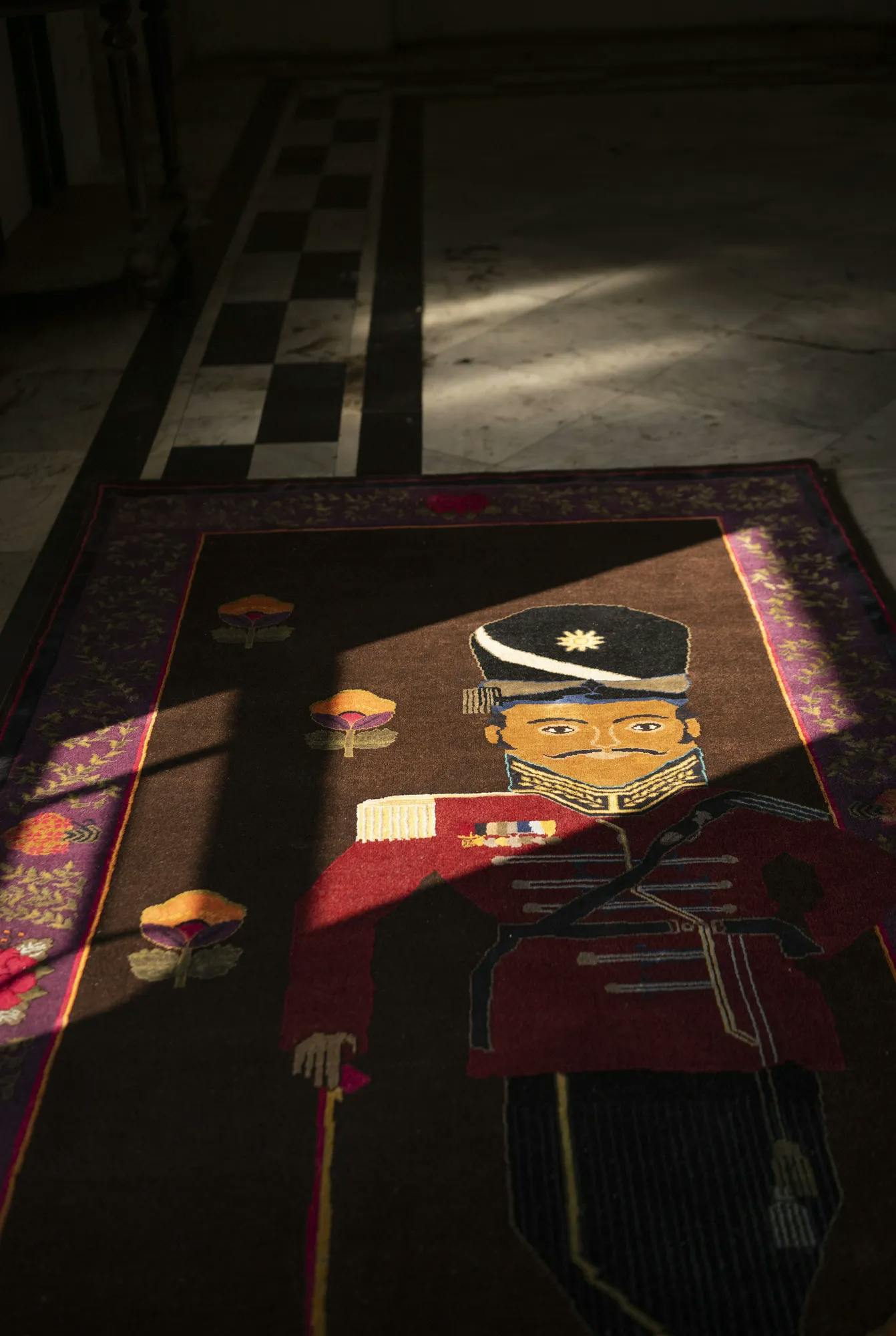
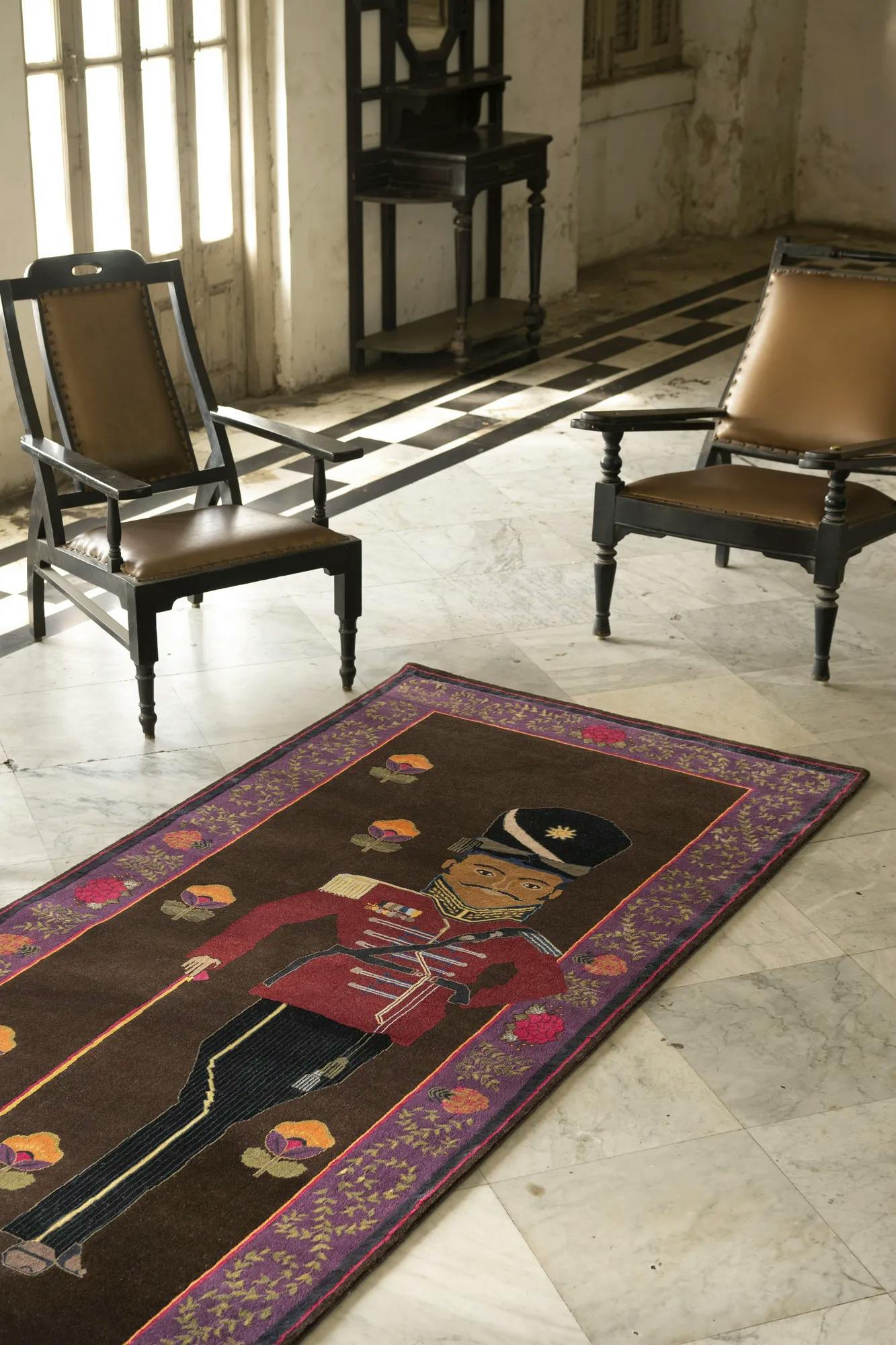
MARYUL
Yarkhandi carpets were the unexpected result of a 17th-century war between the mountain kingdoms of Ladakh and Tibet. Ladakh enlisted the help of the Mughals who ruled in neighbouring Kashmir. When the Ladakhis won the war, artisans from Kashmir and Tibet converged to their land and began to experiment with the wool of the Changpa, a Himalayan mountain goat. Their new designs reflected Persian, Tibetan Buddhist and Chinese sensibilities. In our contemporary interpretation of the Yarkhandi, we honour those influences through flowers in the Buddhist Gandharan idiom, medallions unique to Kashmiri carpets and delicate Chinese cloud-heads.

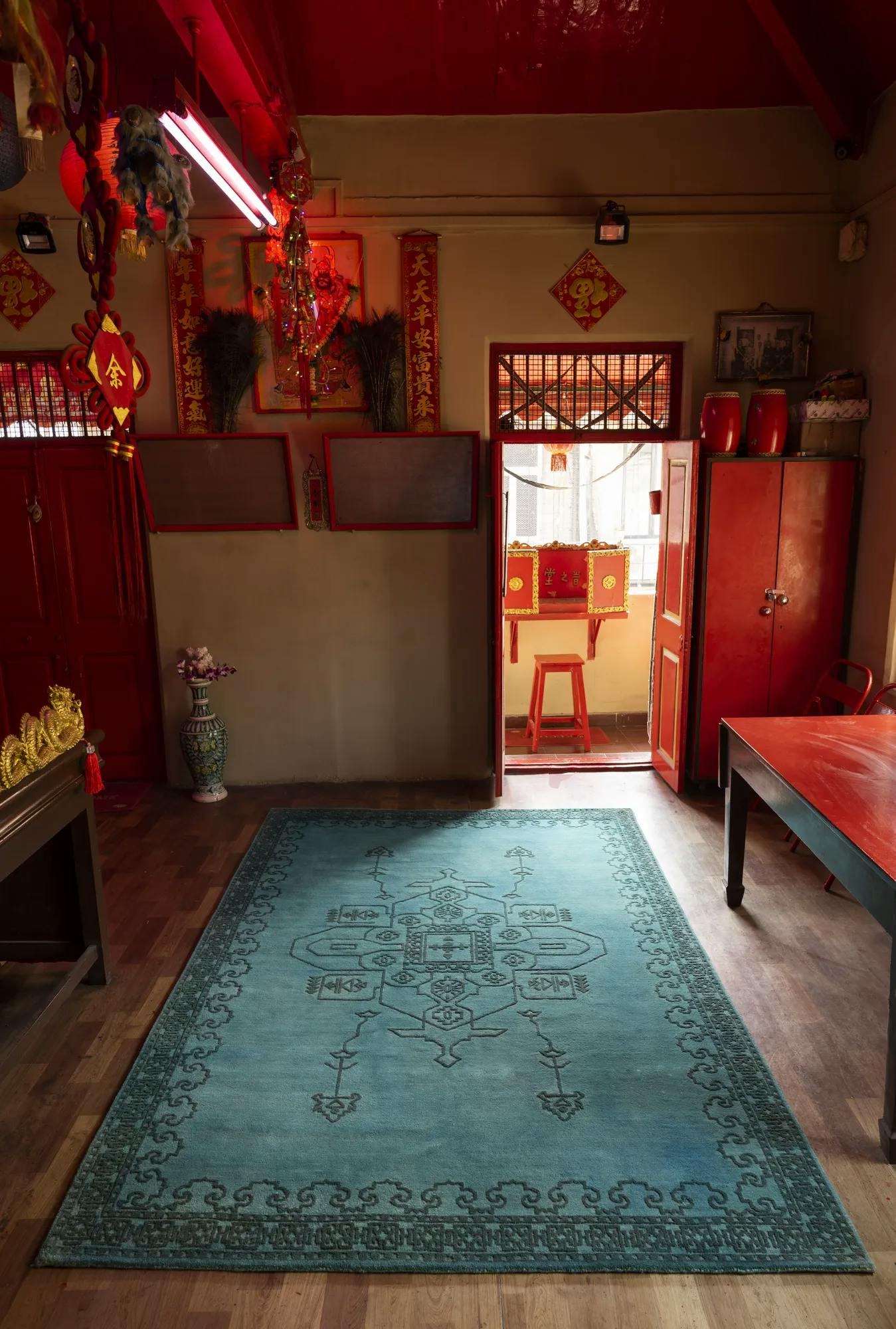
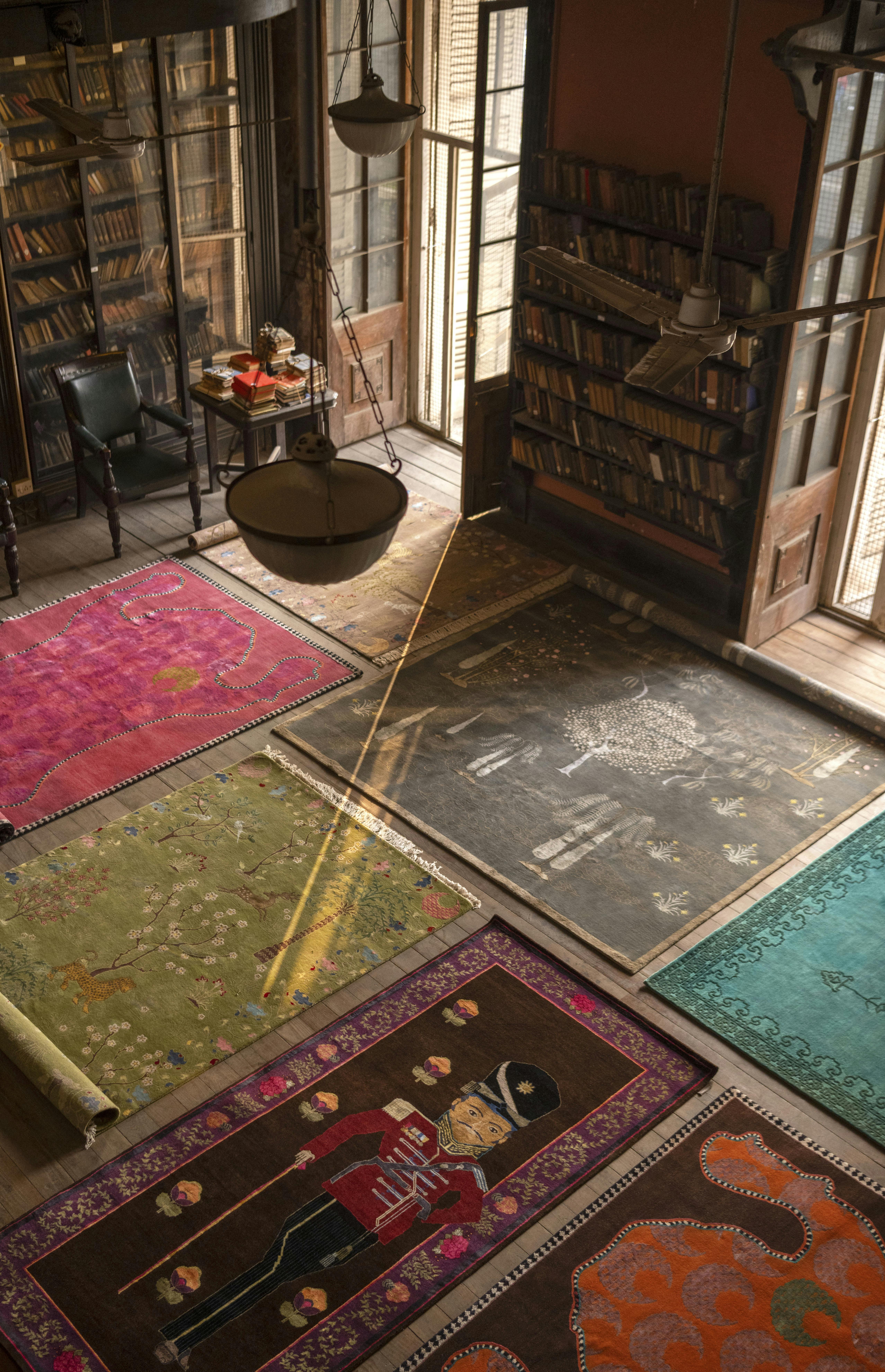
PHOTOGRAPHY BY
Hashim Badani